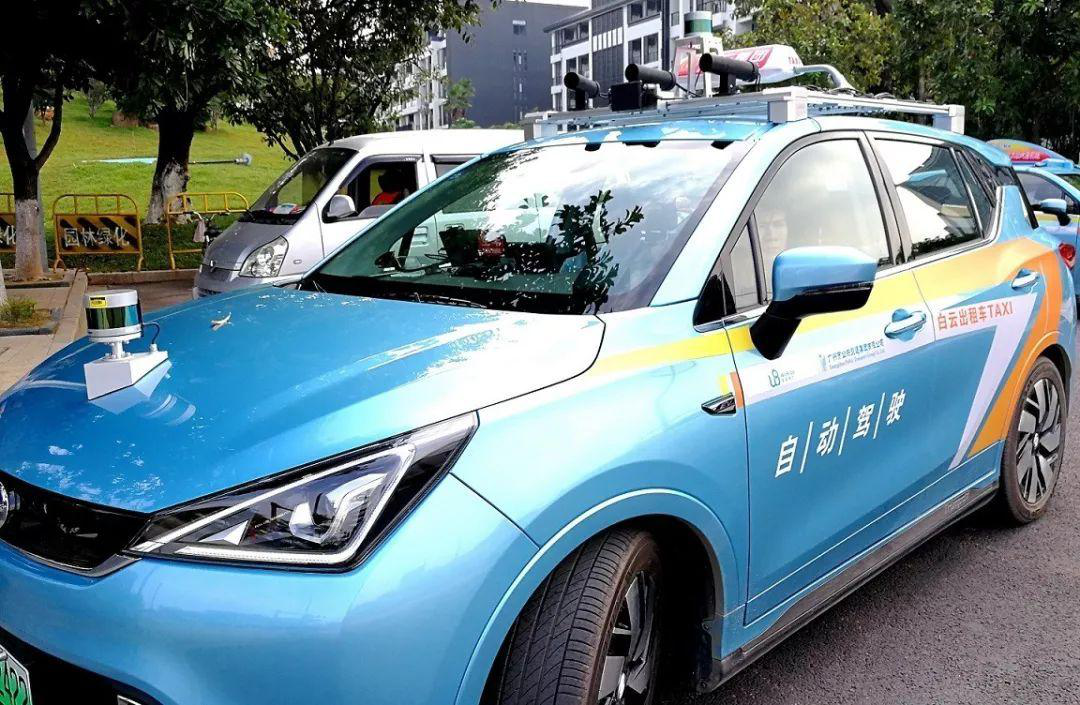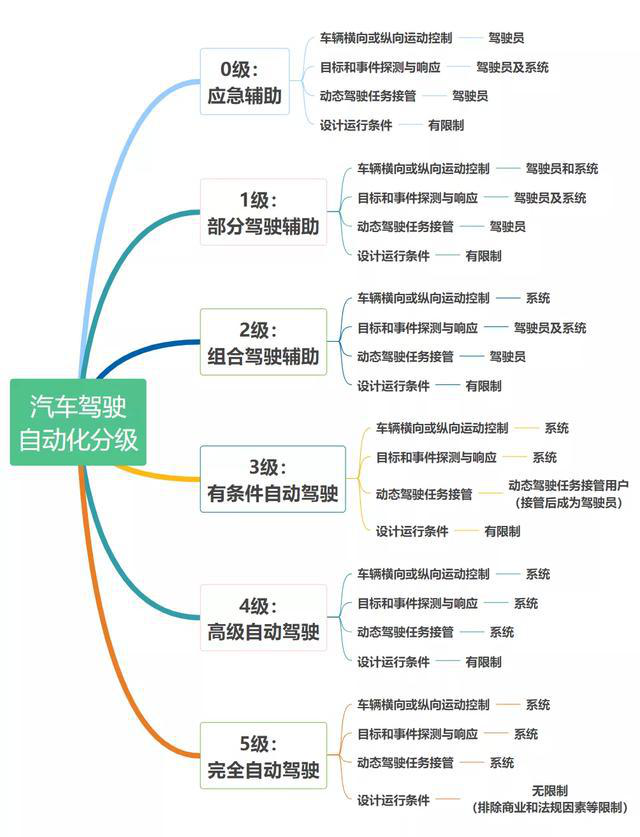Author: steve
Introduction
There is no need to say more about the popularity of self-driving cars. Even the old folks on the street can recognize the self-driving vehicles with lidars being tested on the road. Undoubtedly, the self-driving industry is in a period of high-speed development, and a lot of self-driving start-ups have emerged both domestically and internationally. Some people generalize these self-driving companies in three ways. The first type is the conservative camp represented by Waymo, which relies on lidars. The second type is the radical camp represented by Tesla, which relies on pure vision. The third type relies on upstream manufacturers and only focuses on software algorithms. Regardless of which path they take, safety is the top priority. The self-driving industry is in its ascendant stage, and the public has a strong sense of freshness about it, but they are also concerned about the safety hazards it may bring. Especially in recent news reports of Tesla’s frequent accidents, public concerns about self-driving have risen as never before.

What is self-driving technology?
Self-driving cars rely on artificial intelligence, computer vision, radar, monitoring devices, and global positioning system to operate the vehicle safely and autonomously, allowing drivers to get rid of the boring driving.
Self-driving technology is divided into multiple levels. NHTSA (National Highway Traffic Safety Administration) has divided autonomous driving technology into 4 stages:
0- No Automation.
1- Driver Assistance.
2- Partial Automation.
3- Conditional Automation.
4- High Automation.
There are other organizations, such as SAE (Society of Automotive Engineers), which further divide L4 fully autonomous driving into L4 and L5. Among them
L1 ~ L3 mainly play the role of auxiliary driving. When the vehicle reaches the L4 level, the vehicle can be completely controlled by the system.
Regarding the division of self-driving in China, the most standard and referential is the recommended national standard for the “automobile driving automation classification” published by the Ministry of Industry and Information Technology in March last year. The standard defines the terms and classifications of China’s automobile driving automation systems, classification principles, elements, and division processes, as well as the technical requirements of each level, and divides self-driving into 0-5 levels:

Misunderstandings about self-driving
Recently, with the increasing frequency of accidents involving autonomous vehicles, such as the case where a Tesla owner in Zhejiang hit two traffic police officers, it is revealed that drivers are unable to distinguish between fully autonomous driving and assisted driving due to the car manufacturer’s long-term promotion of “fully autonomous driving”. In fact, Tesla vehicles are currently at best considered Level 2.5 autonomous driving, with some distance from Level 3, let alone Level 5 fully autonomous driving. The exaggeration of sales by car manufacturers misleads consumers into thinking that fully autonomous driving is just around the corner, leading to them being the first to try it out, only to fall into the trap set by the merchants, leading to disastrous consequences.
However, Tesla’s accidents are not limited to this. According to US media reports, recently in California, a Tesla Model 3 collided with a truck and the 35-year-old driver was killed on the spot. The truck driver and a driver who tried to stop the Tesla with their car were injured. It is reported that the driver was a fanatical Tesla enthusiast who frequently posted videos of his hands off the steering wheel and of Tesla’s autonomous driving on social media.

What level of autonomous driving have domestic cars achieved?
Currently, many domestic automobile manufacturers have launched cars with Level 3 autonomous driving, but have they really reached the point of being able to “autonomously drive”?
The WEY Mocha, which is about to be launched and uses Level 3 autonomous driving as a selling point, is one of the many cars that claim to have achieved Level 3 autonomous driving and faces the common problem of many cars that claim to have achieved Level 3 autonomous driving.
According to official website information, the WEY Mocha’s autonomous driving features include high-speed automatic overtaking, high-curvature corner driving, high-speed autonomous driving and high-speed leading. The road conditions in the demonstration video are mostly on the highway, and the official description uses the word “assistance” mostly.
The official website does not mention the performance of the car in urban road conditions. On the NOH high-speed automatic navigation assisted driving page, we see the following description: at the same time, it is deeply integrated with map navigation. After the user sets the navigation route, the system will automatically identify the road sections that support automatic assisted driving. The vehicle can achieve autonomous cruising, autonomous entry and exit ramps, switching between high-speed and fast lanes, automatic lane changing overtaking, and intelligent speed limit functions.
So it seems that in most of the operating conditions on the highway, the car can “drive itself”. However, the prerequisite for this “autonomous driving” is that only when the map navigation displays that the road section supports automatic assisted driving, can the car actually “autonomously drive”.
ConclusionFor any emerging industry, it is difficult to gain widespread public acceptance, especially when that industry is related to people’s lives. This concern is even more heightened. To be honest, the development path taken by Tesla is problematic, at least it is debatable. The maturity of any technology takes time, and it cannot be understood to rush and take the people’s safety as a price to cross the long R&D period. Moreover, Tesla represents not only itself. Some of its practices will affect the entire autonomous driving industry. If it cannot give people a great sense of security at the beginning, what will ultimately be lost is the trust of the masses. It also makes it difficult to receive support from local governments, making it more difficult to push forward. The road to autonomous driving is still long and arduous.
This article is a translation by ChatGPT of a Chinese report from 42HOW. If you have any questions about it, please email bd@42how.com.